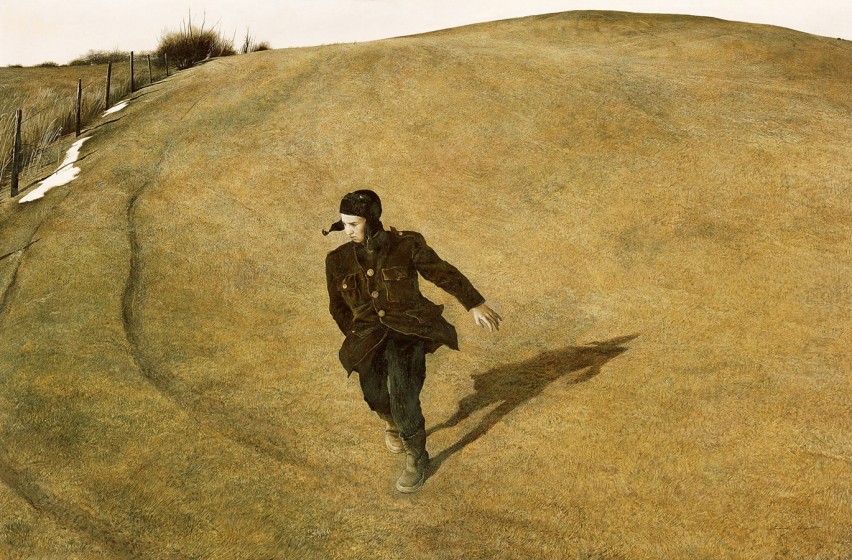 |
| Drawing by Degas of Manet. Degas was probably the only Impressionist who kept up his drawing skills nearly to the end. |
You’ve heard me say it, time and again: “Draw, draw, draw.” Learning to draw is like learning to construct a sentence; without that foundational skill, you’d come off sounding like a 12-year-old on Twitter. Without drawing skills, your paintings will look, at best, unconvincing; at worst, laughable.
I’m no drawing master, but I know poor drawing when I see it. It lurks in much amateur work. The problem is more obvious in painting architecture, but it’s there in the pure landscape, too, where perspective takes on curious distortions. It’s almost as if one of Star Trek’s space-time anomalies has lodged itself among the trees and rocks.
All too often, the painter doesn’t care. Or doesn’t recognize that the drawing is poor.
I blame this unconcern for drawing on the Impressionists. Few of them were good draughtsman. And even the few, bewitched by light and color, ultimately sacrificed line for the lazy brush stroke. We prize their work today not for the drawing but for their brilliance in “capturing the effect” of the moment.
This has given succeeding generations of amateur painters permission to forgo the practice of drawing. (I say “amateurs” because most of the professionals do draw well, thanks to teachers who insist upon it.) You can see the embarrassing evidence in local art shows, co-op galleries and many web sites.
I know this sounds harsh. But there’s a very easy remedy for it. And it doesn’t cost much. What’s more, improvement can come incredibly fast. You’ll be surprised at how fast you will get better.
Get yourself a little notebook and a pencil. Put away the paint box for awhile. Now go into the field and draw. Just draw.
Draw trees. Not the fluffy boughs full of leaves—that allows too much cheating—but the trunks. Draw the tree from the roots up. When I paint a tree demonstration for my students, I tell them trees are really all about drawing. The individual character of the tree lives in the drawing.
Draw rocks. Not little round rocks, but big, angular ones with lots of cracks. When I paint a rock demonstration, I tell my students that rocks are all about line and angle—and that is drawing.
And yes, draw buildings, too. Measure the angles with your pencil. Just draw line over line without erasing until you get it right. (Erasing makes you feel bad, like you’ve made a mistake.) Because of the complexity of architecture, you may be tempted to draw from photographs, but they distort perspective and won’t help your drawing. Drawing isn’t only about moving a pencil; it’s also about learning to see accurately, which you can only do with the subject in front of you .
Go ahead and paint like an Impressionist if you want to—just don't draw like one.

























































